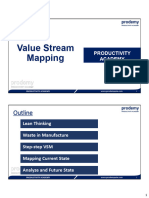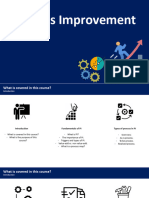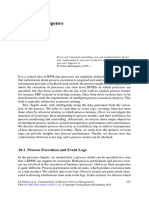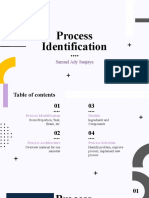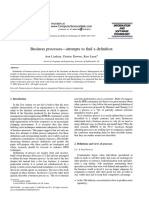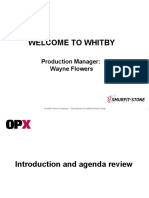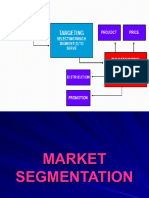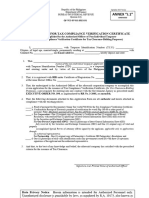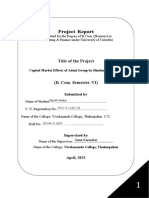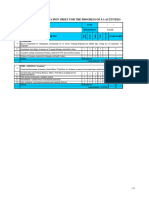0% found this document useful (0 votes)
36 views43 pagesFBPM2 Chapter08 ProcessRedesign
Chapter 8 discusses the concept of process redesign, emphasizing its importance in improving business processes through both transactional and transformational methods. It outlines various elements that influence redesign, including customer needs, organizational structure, and technology, while also addressing potential trade-offs in redesign decisions. The chapter concludes with a recap of the motivations for redesign and the different methods available, highlighting the need for a strategic approach to process improvement.
Uploaded by
khongsatthu2Copyright
© © All Rights Reserved
We take content rights seriously. If you suspect this is your content, claim it here.
Available Formats
Download as PDF, TXT or read online on Scribd
0% found this document useful (0 votes)
36 views43 pagesFBPM2 Chapter08 ProcessRedesign
Chapter 8 discusses the concept of process redesign, emphasizing its importance in improving business processes through both transactional and transformational methods. It outlines various elements that influence redesign, including customer needs, organizational structure, and technology, while also addressing potential trade-offs in redesign decisions. The chapter concludes with a recap of the motivations for redesign and the different methods available, highlighting the need for a strategic approach to process improvement.
Uploaded by
khongsatthu2Copyright
© © All Rights Reserved
We take content rights seriously. If you suspect this is your content, claim it here.
Available Formats
Download as PDF, TXT or read online on Scribd
/ 43




